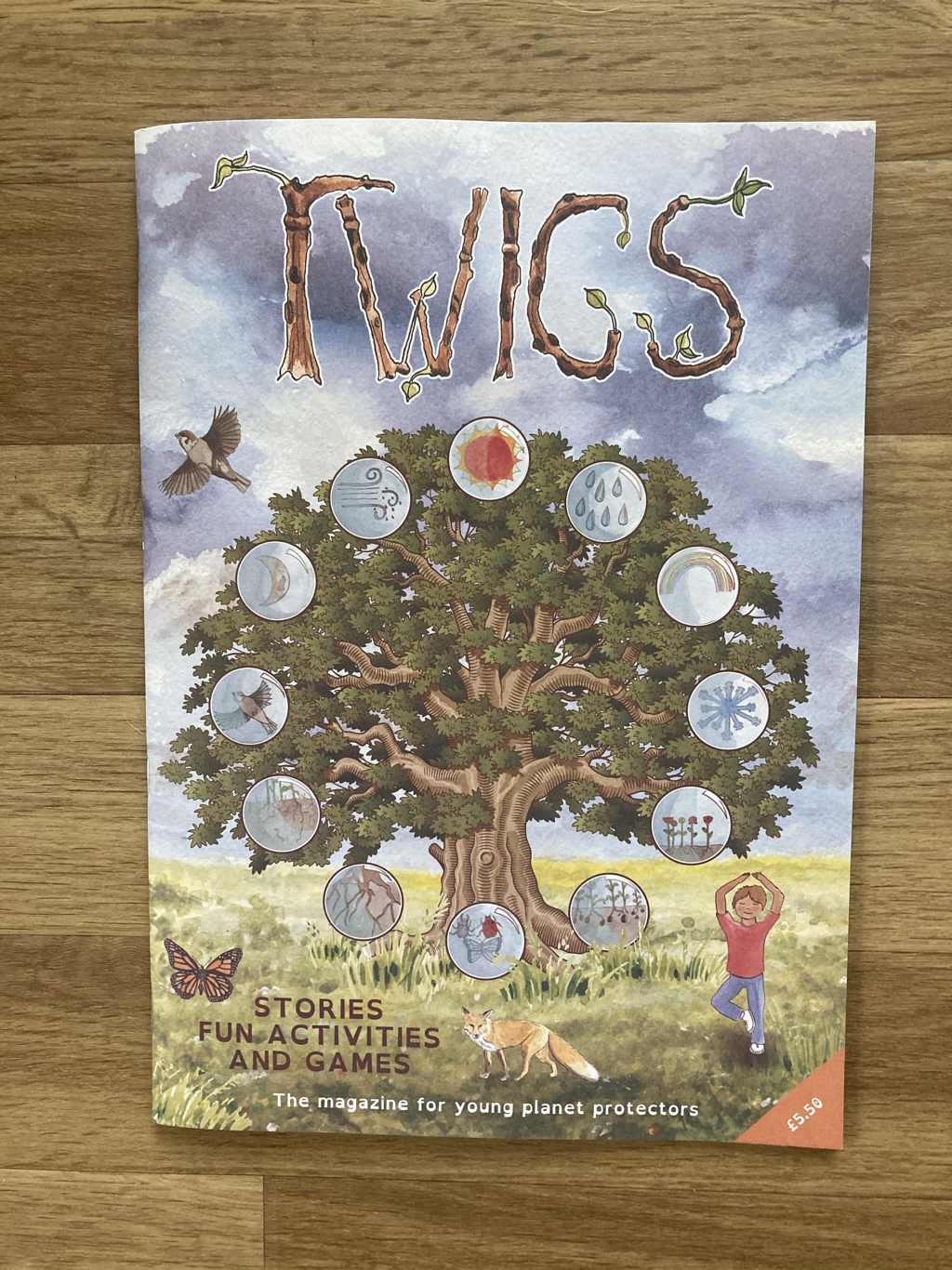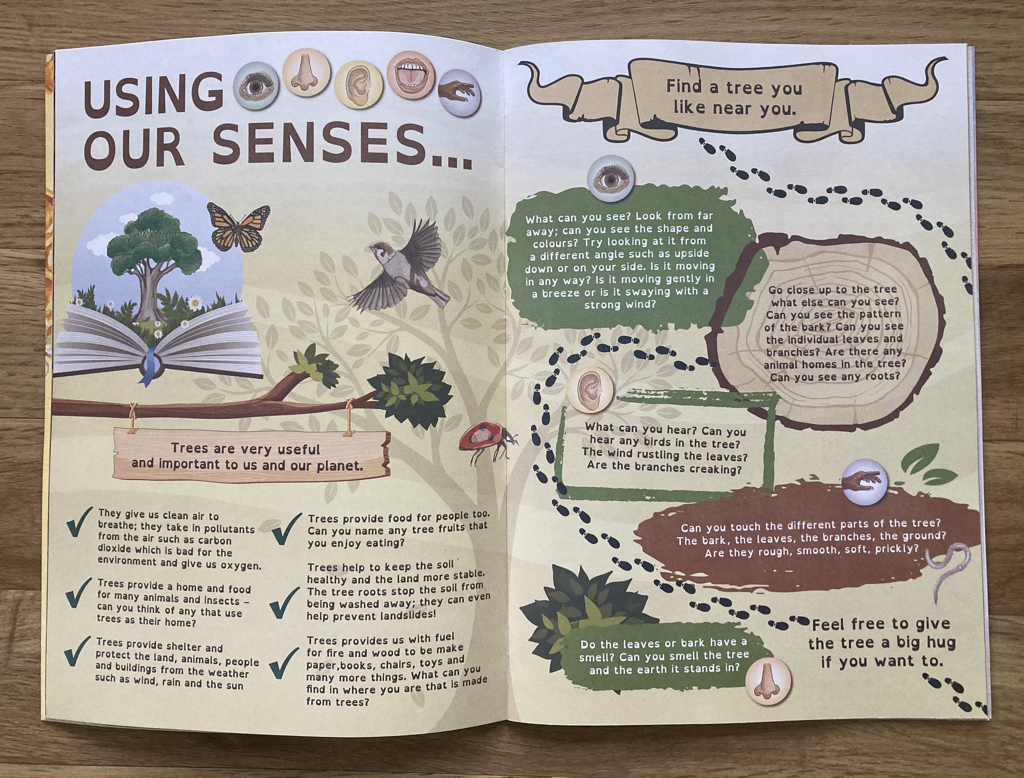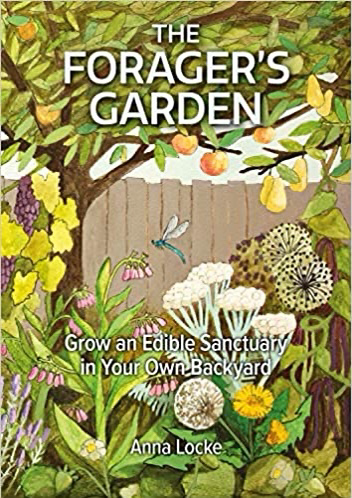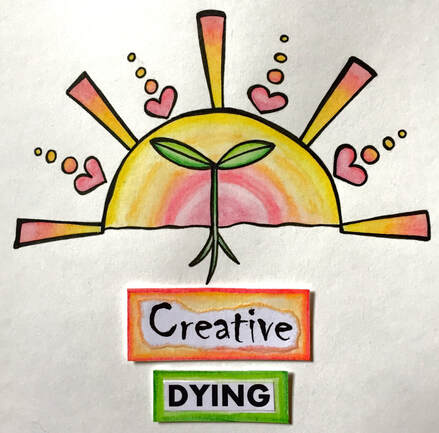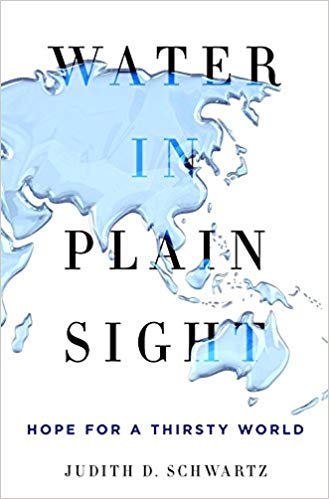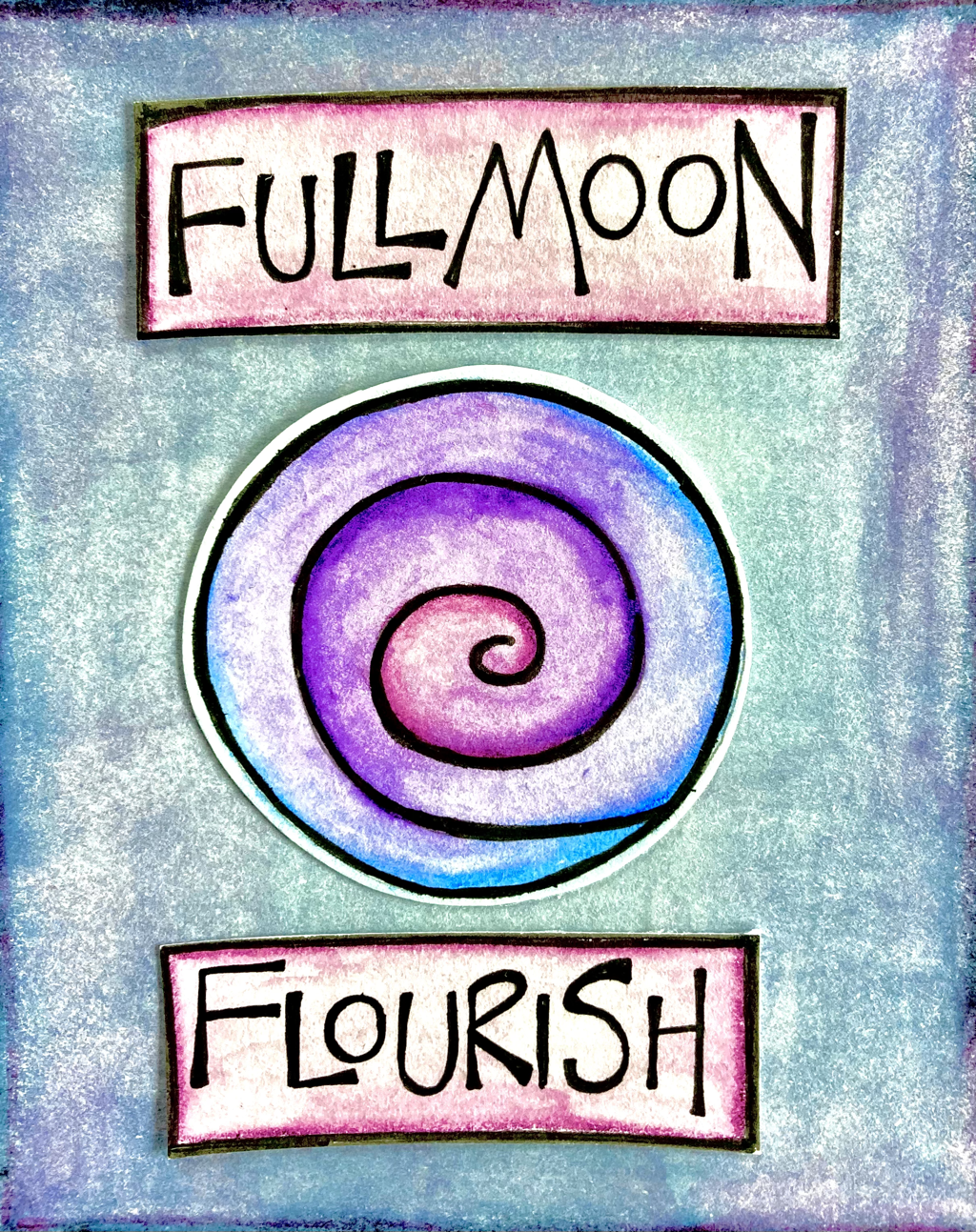|
It’s been such a pleasure to help behind the scenes with the creation of Twigs “the magazine for young planet protectors” by Twigs’ creator, my lovely talented friend Clare Carney . The first edition is now available to buy via the Twigs Website where you can also find out how permaculture ethics and principles have been used in the design of this beautiful project. “Twigs is aimed at children aged 4 years and upwards and will help children and families connect with nature, and through compassion and love, help them create a sustainable and positive future.” Twigs includes -
0 Comments
Book ReviewI’ve been really looking forward to reading this inspiring sounding new book from permaculture focused garden designer and educator, Anna Locke. And it hasn’t disappointed.
Anna has taken the concept of forest gardening and created a beautiful, engaging resource to teach and empower us to design perennial based foraging gardens where humans and non-human beings in nature can flourish. Her decades of knowledge and experience of connecting people with natural environment through garden design shines through every chapter of this very accessible book. The Forager’s Garden takes us through a simple design process to grow ecological, wildlife abundant gardens. It’s a book about planting whole ecosystems on any scale, for community, private and guerrilla gardening projects. Anna’s work isn’t designed to compete with traditional vegetable and fruit growing but to compliment it. Yes, we could redesign whole gardens or community plots as foraging ones, but equally, creating small perennial plant spaces in gardens with annual edible or flower growing areas too, can also develop conditions for nature, (including humans), to thrive. With clear, jargon free text, gorgeous illustrations, diagrams and photos alongside regular prompts for applying the information presented in each chapter to our own garden design, this book will suit gardening novices alongside those of us who like to learn and learn again especially from new authors and artists. The Forager’s Garden leans to a focus on UK climate and includes chapters on; Defining what a foraging garden is; Designing for resilience and long term; How to plan your garden; Information for beginner gardeners; The benefits of including diversity in the different elements of garden creation; The use of trees in a forager’s garden; Embracing the use of plant guilds; The creation of ecological stability and abundance through creating multiple layers in a garden; Plant choices, Implementing and maintaining your garden design; How perennial focused foraging gardens or spaces in gardens, can be used in different spaces, for example, allotments, container gardening and gardening undercover or on windowsills. The book also contains an excellent “Plant finder” with lots of clear information about many common and some less so, plants that can be used to create a beautiful, successful garden space to forage from. Anna skilfully weaves ecological principles throughout the abundance of knowledge, ideas and personal garden design experiences in her book. People with some prior understanding of permaculture will also recognise the permaculture ethics or values of Earth Care, Fair Shares and People Care at the core of The Forager’s Garden. The chapters skilfully link low budget, low maintenance, edible garden design to the bigger pictures around food security, wildlife habitat regeneration and community building Though many of the garden design stories in The Forager’s Garden span over several years, Anna wrote this book against the backdrop of the last 18 months when both increasing public awareness and motivation about the urgent need to address climate change and the surge in numbers of people who started growing their own food for the first time as the COVID 19 pandemic became realities in our communities. It’s timely publication will be an important tool to use in individual household and community scale projects, as part of wide scale solutions focus for both of these global scale truths. I wholeheartedly recommend The Forager’s Garden for us all. The Forager’s Garden by Anna Locke is available from Permaculture Market Using Permaculture to improve how we die I am a palliative care nurse and permaculture educator with a spiritual self which is deeply rooted in Earth-based seasons and patterns. Issues relating to death and dying are intrinsic to most aspects of my life. Several years ago, I started exploring how permaculture can improve how we die in the UK and in many parts of the world. Central to this was the fact that “Dying with dignity” appears in Holmgren’s Permaculture Flower, and generated many interesting discussions in my peer groups within the permaculture community. This eventually resulted in the launch of my permaculture project: Creative Dying, a free online resource.
Death and Dying in the UK In the UK and in many other parts of the world. Death and dying is still a very difficult, taboo topic, cloaked in the fear and unknown. The way in which many of us die at present in the UK is at odds with permaculture principles and ethics. People do not often get the death they would like, many needlessly dying in hospital experiencing unnecessary and distressing procedures, tests and treatment, away from their home, with resulting feelings of confusion and lack of control. Inequalities around whether a person is enabled to make decisions about what they would want for their end of life and care after death are huge – age, disease type, social class, sexuality, race, mental health, with very real consequences about whether someone then has a ‘good death.’ In my experience, fear, distress and lack of control about how we die can often mean life time effects on emotional and physical health to those left behind, due to complex bereavement. The environmental impacts of how we die are also very significant. – from the resources needed for end of life care in hospital, to the damaging actions of many aspects of the funeral/after death industry, - embalming, cremation, coffin materials - and financial affordability (the average cost of a funeral in the UK in 2018 was £3500 for a cremation, and nearly £4300 for a burial ) My experience in the permaculture community is that even within groups of people who are very knowledgeable, empowered and solutions focused about other aspects of their lives are reluctant to talk about how their end of life might be. So, what can permaculture offer as a way solutions focused way forward? Before We Die People who talk about and plan for their death, tend to have a much better experience of death, and those around them : - family, friends and community - then go on to have a more open and positive attitude towards death, loss and supporting others as they approach death. Planning for what we want to happen as we die and after our death is much easier to do when we are well, than waiting until we are unwell and perhaps too poorly to make decisions. There is a much greater chance that End of Life wants and wishes will happen if we have a plan, and others close to us, are aware of those plans. Ways to start talking about death and dying, and making plans include:-
As We Die If we had some control (most people, with the right support, do), what would we want our death to look like? Where would we want to be (if possible?) Who would we want to be there? What support would we need and want? One exciting and rapidly growing role is that of a Death Doula – non-medical people who are trained to be alongside terminally ill people and support those close to them, at the end of their life. There are several places in the UK where Death Doula training is available now and the numbers of people working in this sphere is spreading steadily. Obviously we cannot all predict how we die and for some we might not be able to achieve the ideal death we hoped for ourselves. It can be useful to have a ‘plan B’. For example, if you were to die in hospital, who would you want to be there? What kind of medical/nursing intervention would you want? What possessions, music, art would you want to surround you from home? After We Die What do we want to happen to our bodies after we die? How do we want our life to be remembered and celebrated? With our present systems of after death care in the UK, many people can feel frustrated, and let down, with their experience of grief deepened, as after death care activities carried out by health care professionals and then practitioners in the funeral industry can feel impersonal and profoundly disconnected from the identity of the person who has died. In addition, the financial cost of much of this is beyond the reach of an ever increasing number of people. There is no legal obligation to use a funeral director for after death care in the UK – though if you choose to do so, there are some wonderful Funeral Director and celebrant businesses who can ensure the whole process is as in keeping with the life of the person who has died as possible. In addition wherever we die, we can choose to have friends and families take care of us (wash, change clothing . Making this request known to health care staff involved can mean this is more likely to happen In the UK one of the most Earth regenerating ways to care for the body of someone who has died, is burial, where the body is wrapped/contained in a locally sources biodegradable material, in a geographical location where other life can benefit from the nutrients released by our decomposing corpse. (I’m currently knitting a cover from UK grown wool – which will be used a blanket, for hopefully many years, then my plan is my body will be wrapped in it before I am buried as close as possible to the place where I spend my final weeks of life.) Organised Woodland Burial sites are the most obvious choice of location., but there are other perfectly legal options. Globally there are some great projects emerging looking at ways of increasing Earth Care with relation to what happens to our bodies after we die. These include:- Recompose - transforms bodies into soil so that we can grow new life after we die. The Living Urn – growing trees from human ash Ecoffins - environmentally friendly coffins and caskets Conclusions Permaculture design offers us many answers to how we can improve an experience we all face, and which connects every living being and system on our beautiful planet. Opening up conversations, exploring fears, empowering ourselves with knowledge and support and then making documented plans are all very real ways of ensuring we work towards Earth Care, People Care and Fair Shares as we die. Resources In this article I have provided an overview about how permaculture design can help with way we die, which will hopefully engage a much bigger conversation. The following resources can help you to explore this topic further. As part of Creative Dying, my own project exploring how permaculture can improve how we die, I have a regularly updated page sharing many online, in real life and print resources. Go to Creative Dying for lots more information and ideas about using permaculture to improve how we die. Other (UK focused) favourite key online resources of mine are Natural Death Society Dying Matters Power of Attorney Compassionate Communities Soul Midwives For those people who use social media as a way of connecting and learning new knowledge, there is a wonderful diverse community of people globally working word to raise the profile of improving attitude and experience of death, dying and bereavement. The hashtag often used to link this work is #deathpositive. Finally – I would like to acknowledge the potential for triggering difficult feelings relating to loss and bereavement that people may experience through reading this article. These reactions are totally understandable and healthy. Many of us have experienced events where grief has been ongoing and complex. If this has happened for you then giving yourself to engage in activities which for you can provide the support you need is very much ok. If you find that you are needing something more than your usual emotional support tools then I can recommend the following links as first steps What’s Your Grief Cruse Bereavement Care An earlier version of this article "The Art of Dying Creatively" was also published in Permaculture Magazine (Autumn No 93) Book ReviewWater in Plain Sight
Judith D. Schwartz St Martin’s Press July 2016 Water in Plain Sight is another engaging informative work from Judith D Schwartz. It furthers many of the issues she explored in her 2013 book Cows Save The Planet, alongside discussing some very timely new topics. In Water in Plain Sight we learn many disturbing and essential to understand accounts about how our global history of violence towards our planet, in the form of agricultural practices, hunting and deforestation are drastically altering access to water. Then contributing to the destruction of our land and communities via political turbulence, discrimination, conflict and suffering on massive scales. Judith takes us on a journey around the globe, Zimbabwe, Mexico, California, Ohio, Texas, Western Australia and introduces us to a wonderfully diverse group of people who are demonstrating some amazing ways of how they are re-engaging with the natural cycles of water, particularly in slowing water cycles down. In turn these scientists, farmers and caretakers of land tell the stories of soil, water and community regeneration through their practices. The most powerful message I gained from Judith’s book though, is that drought is due to how soil holds and moves water, rather than a lack of rainfall, and that this flow and cycle is crucial to take into account in combating climate change. Schwartz’s writing style as an Investigative Journalist, as in Cows Save The Planet, cleverly connects a huge amount of widely researched material which links the personal and the political. She ensures that the messages in her work are accessible to all of us, regardless of how much we already know about global water/drought subjects. Reading and then rereading Schwartz’s work has again given me inspiration to make some very real positive changes in our communities and lands. I can recommend it to all. Water in Plain Sight provides us with motivation and hope, in the form of a whole global toolbox of solutions to actively heal our planet with. This book review also appeared in Permaculture Magazine in 2016 and in the Permaculture Women Magazine @ Medium |
Welcome to my blog. Here I aim to share everyday examples of how permaculture can provide healing and regeneration for ourselves, our communities and our planet.
Search My BlogSign up for my monthly newsletter, Full Moon Flourish. Here I will be sharing updates about my creative permaculture projects, plus links to inspiring work from other women in permaculture.
Archives
May 2024
Categories
All
|
